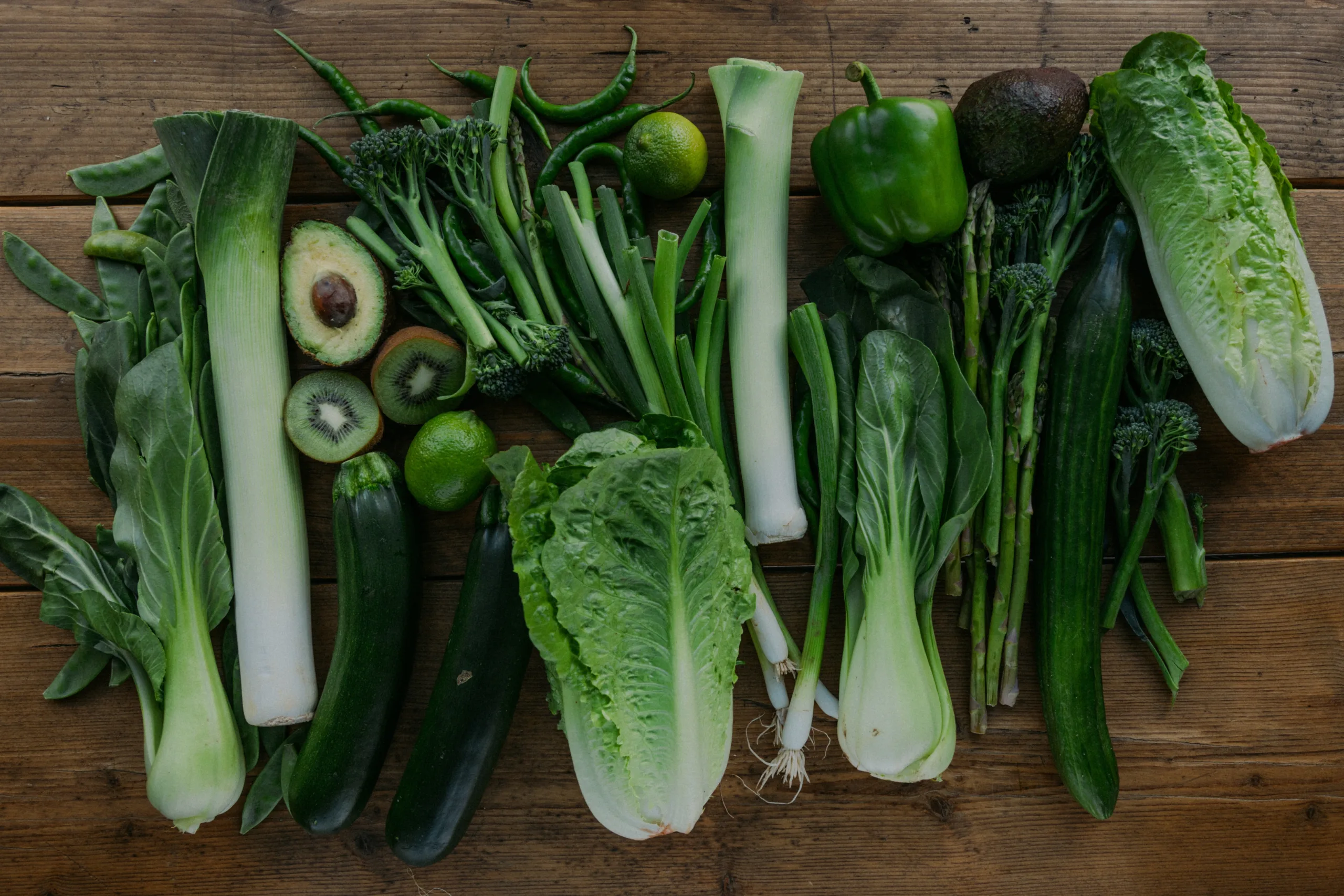The scales have tipped far too much towards unhealthy weight gain in recent times. Obesity now impacts over 650 million adults worldwide – that’s a staggering 13% of the global population carrying excessive, dangerous body fat. This excess weight significantly increases the risk of chronic illnesses like heart disease, stroke, cancer, diabetes and even dementia. After tobacco use, obesity is the leading cause of preventable death.
As alarming as the statistics are, the remedy is surprisingly simple – make leafy green vegetables a mainstay of your diet. While no single food can be a panacea for the obesity epidemic, greens do pack a powerful nutritional punch. Leafy vegetables help curb cravings, accelerate fat burning, and support overall wellbeing. Read on to understand how these humble leaves can transform your health and silhouette like no other food group.
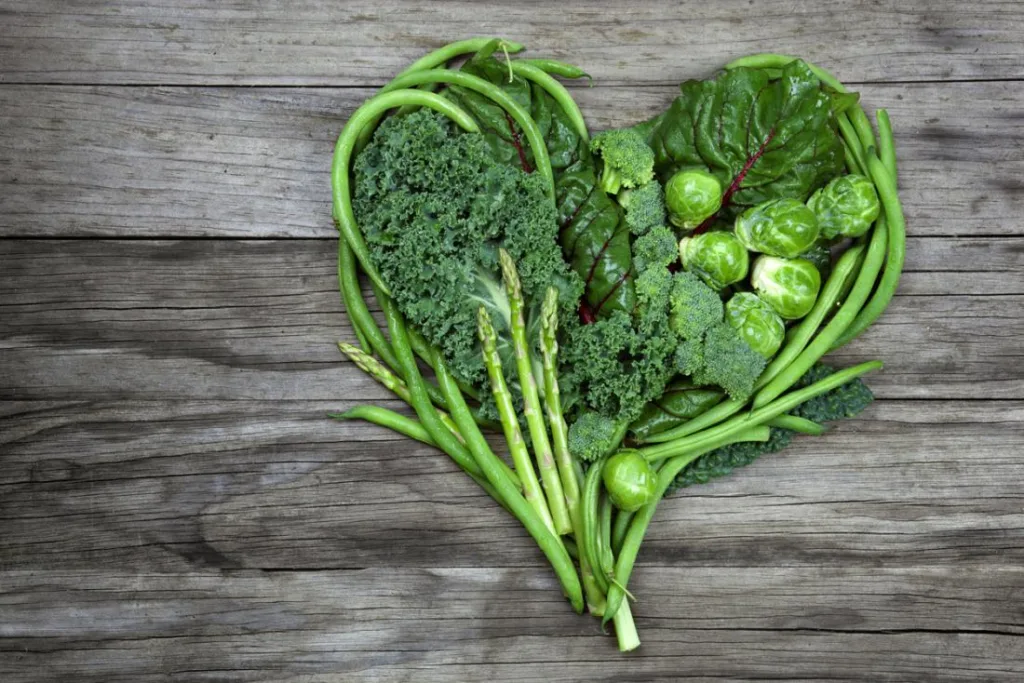
The Nutrient Powerhouse in Greens
All vegetables are healthy, but leafy greens stand out for their exceptional nutrient density. Dark green, leafy vegetables are some of the most nutrition-packed foods you can eat. For minimal calories, they supply a bonanza of vitamins, minerals, antioxidants and fiber that support your health from head to toe.
Let’s start with the vitamin content. Just 1 cup of raw spinach fulfills 56% of your daily vitamin A needs, plus your entire day’s worth of vitamin K. It also provides vitamin C, folate, manganese and magnesium. Moreover, spinach is one of the richest sources of lutein and zeaxanthin – two antioxidants that promote eye health.
Kale is another rockstar, with ample amounts of vitamins A, C and K per cup. In fact, kale contains more vitamin C per calorie than even oranges! The antioxidants quercetin and kaempferol found in kale have potent anti-inflammatory effects in the body. Collard greens, mustard greens and Swiss chard also boast of similar nutritional virtues.
Vitamin C boosts immunity, while vitamin K facilitates normal blood clotting and bone metabolism. Vitamin A maintains healthy vision, skin and mucus membranes. Magnesium calms the nerves and regulates muscle and nerve function. Folate is vital for DNA synthesis and promoting heart health by lowering homocysteine levels.
Further, the carotenoids lutein and zeaxanthin filter UV rays and prevent oxidative damage to the eyes. Greens also provide a great way to increase potassium intake, which balances electrolytes and manages fluid levels – especially useful when exercising.
Fiber for Satiety and Successful Weight Loss
When trying to slim down, controlling hunger and reducing calorie intake is key. This is where the fiber in leafy greens comes into play. Dietary fiber promotes satiety i.e. the feeling of fullness, so you naturally eat less. Soluble fiber forms a gel-like matrix when mixed with water, slowing down digestion. This delays gastric emptying and suppresses appetite by stabilizing blood glucose and insulin levels.
Insoluble fiber, found abundantly in greens, does not dissolve and instead provides bulk to the diet. It sweeps through the gastrointestinal tract undigested, aiding with regular bowel movements. This regulates digestion bringing a sense of lightness and comfort. Insoluble fiber also feeds the healthy bacteria in your gut that influence metabolic processes like glycemic control and body weight regulation.
Leafy greens are one of the best sources of dietary fiber, both soluble and insoluble. For instance, 1 cup of cooked spinach contains 4 grams of fiber, while kale provides 2.6 grams per cup. Even lettuce greens contain 1-2 grams of fiber per cup. By curbing hunger and reducing calorie intake, the fiber in leafy greens enables sustainable, long-term weight loss.
Leafy greens also have a high water content, so they are low in energy density meaning you can eat larger portions for fewer calories. Their crunchy, chewy texture slows down your pace of eating, allowing your brain to register fullness and tell you to stop. This contrasts with say chips or cookies that are easy to overeat. So bulk up your salads, sides and smoothies with spinach, romaine and kale to stay full on fewer calories.
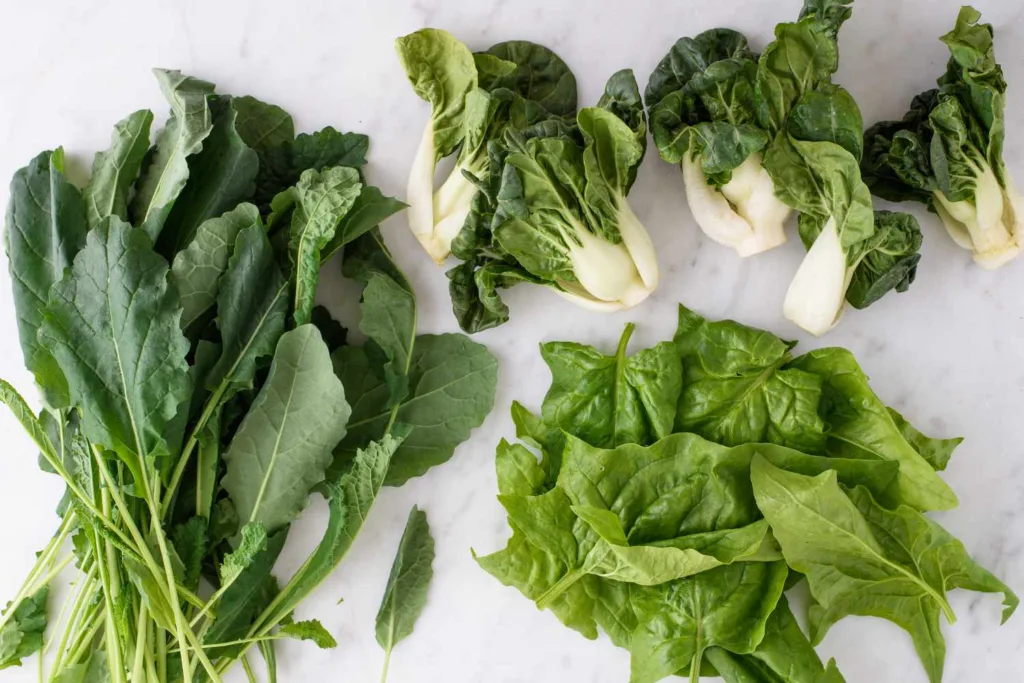
Low in Calories, High in Nutrients
One of the easiest ways to create a calorie deficit for weight loss is by adding more low-calorie, high-volume foods to your diet. Leafy greens perfectly fit this criteria, being some of the lowest calorie options available.
For instance, 1 cup of raw spinach or romaine lettuce contains just about 10 calories each. Steaming spinach reduces the calorie count to a mere 7 calories per cup. Even nutrient dense kale just has 8 calories per cup of chopped raw leaves, and 34 calories per cooked cup.
Compare this to say a cup of white rice or pasta, which packs over 200 calories. By substituting greens for starchy sides or heavy carbs, you slash your mealtime calories without missing out on nutrients. Half a plate of spinach delivers goodness for just 50 calories! This calorie deficit can lead to some major weight loss over time.
Some other low-calorie leafy greens include arugula, iceberg lettuce, chicory, bibb lettuce and bok choy. Thanks to their high water and fiber content, you can eat large helpings of greens and still keep calories in check. Add more greens in place of denser carbs, proteins or cheese to lighten up meals deliciously.
Rev Up Your Metabolism With Greens
Did you know that certain compounds in leafy greens can actually boost your metabolism? It’s true – greens contain beneficial plant nutrients that help you burn extra calories each day by speeding up metabolic processes.
For instance, nitrates found naturally in spinach, kale, arugula and other leaves get converted into nitric oxide in the body. This molecule enhances mitochondrial function and metabolism in cells. Even the green pigment chlorophyll can increase oxygen utilization during exercise, enabling greater fat burn.
Thylakoids found abundantly in leafy greens can also switch your body into fat-burning mode by suppressing ghrelin – a hunger hormone that slows metabolism. Polyphenols and antioxidants like quercetin, luteolin and sulforaphane have also been shown to improve metabolic rate.
Vitamins like folate, Vitamin B12, C and E support cellular energy production and optimize metabolism by aiding thyroid function and glucose absorption. They ensure your metabolic engines are firing on all cylinders!
A faster metabolism means more calories and stored body fat is burned 24/7 even at rest. Over time, this can lead to significant weight loss and body remodeling. So do your body a favor – give it more metabolism-boosting greens like spinach, swiss chard, kale, broccoli and arugula. Reap the greens benefits!
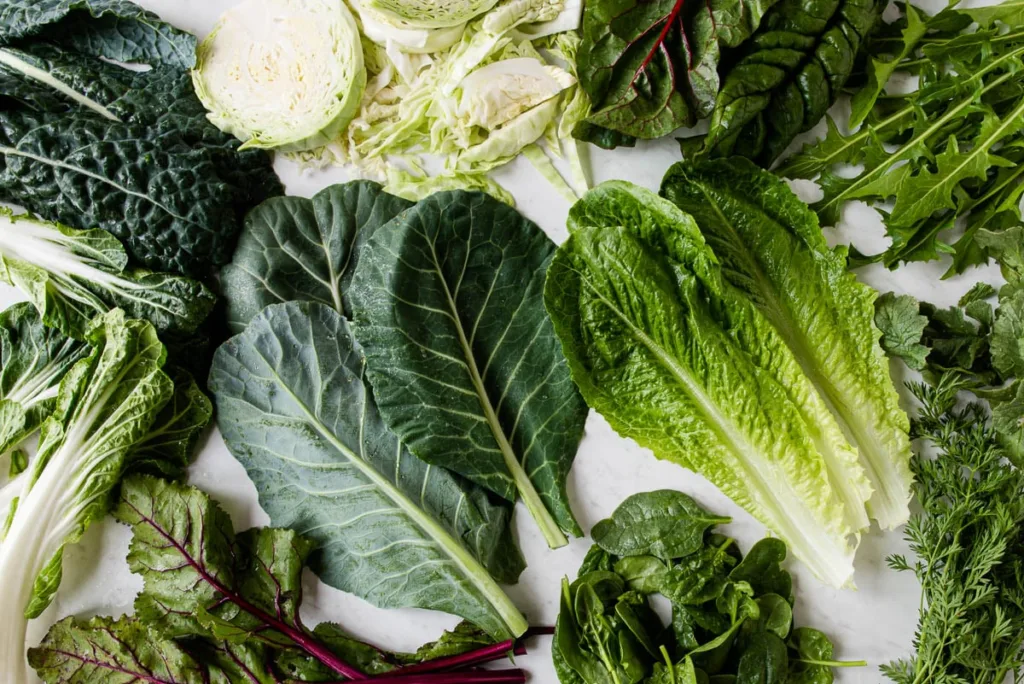
Optimizing Your Gut Health with Greens
We all know probiotics are great for gut health. But what about prebiotics? Found abundantly in leafy greens, prebiotics are non-digestible carbs that act as fertilizer for the good bacteria in your gut. When gut microbes ferment prebiotics, they produce beneficial metabolites like short-chain fatty acids that lower inflammation and support the gut barrier.
The insoluble fiber found in leafy greens is an excellent prebiotic. It passes undigested down into your colon, where it feeds beneficial bacteria like Lactobacilli and Bifidobacteria species. A healthy flourishing of these bacteria creates ideal gut conditions and prevents overgrowth of pathogens.
Some greens like spinach and kale also contain polyphenols that enhance the diversity of your microbiome. The wider the variety of bacteria species, the better your overall gut health. This biodiversity has been associated with positive outcomes like lower BMI and reduced abdominal adiposity.
So to optimize your gut and your weight, be sure to include plenty of prebiotic-rich greens. Enjoy big salads with lettuce greens, steamed broccoli and asparagus, sautéed kale, and raw or cooked spinach. Feed your microbiome for full-body benefits!
Incorporate Greens Into Tasty, Satisfying Meals
The wonderful thing about greens is that they are extremely versatile – you can add them to everything from hearty dinners to healthy desserts! Here are some easy ways to incorporate more leafy greens into your eating plan:
- Whip up a green breakfast smoothie as meal replacement. Use spinach or kale as the base along with fruits like mango, berries or banana.
- Stuff your sandwiches and wraps with spinach, arugula, shredded lettuce or slaw mix. The extra crunch and nutrition is satisfying.
- Toss leafy greens into pasta dishes, frittatas, omelets, fajitas, and pizzas. Wilted spinach or kale work great in eggs.
- Steam or sauté Asian greens like bok choy, choi sum and gai lan in sesame oil and garlic for quick side.
- Make pesto with kale or spinach instead of basil. Toss with pasta or use as sandwich spread.
- Blend collard greens, kale or chard into thick sauces for low-carb pizza crust or veggie dips.
- Roast Brussels sprouts, broccoli, green beans, asparagus and other greens for caramelized flavors.
- Grill hearty greens like romaine lettuce or radicchio for smoky salads.
With a little creativity, you can add more greens into soups, stews, tacos, grains bowls and more. Allow their bright, earthy flavors shine through for delicious, satisfying meals.
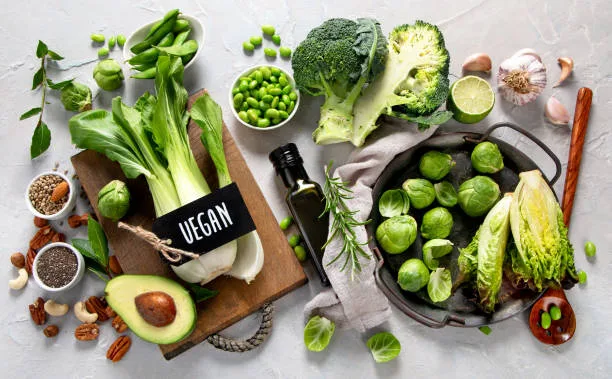
A Recap: Why You Should Eat Your Greens
Leafy green vegetables are true nutritional goldmines – they provide a bonanza of vitamins, minerals, fiber and antioxidants for minimal calories. Adding more spinach, kale, arugula, lettuce, cabbage and other greens to your diet provides tremendous benefits:
- You feel fuller on fewer calories and less food, enabling sustainable weight loss.
- Your metabolism and fat-burning processes ramp up, allowing greater calorie burn.
- Gut microbiome diversity improves, optimizing your overall health and metabolism.
- You gain powerful anti-inflammatory and disease-fighting benefits from phytonutrients.
In essence, leafy greens are your nutritionalinsurance – they support nearly every bodily system and protect you against chronic illnesses like cancer, heart disease and diabetes. Whether you enjoy them raw in salads or cooked into dishes, pack more of these superfoods into your meals. Lean on greens to take your health to the next level!
To stay updated on the latest insights into food, fitness, nutrition, health, wellness, and weight loss, don’t forget to subscribe to our newsletter. You can also explore more related posts on our website. We’re here to support you on your journey to a healthier, happier you!
Thank you for reading this post, don't forget to subscribe to our free newsletter
!
